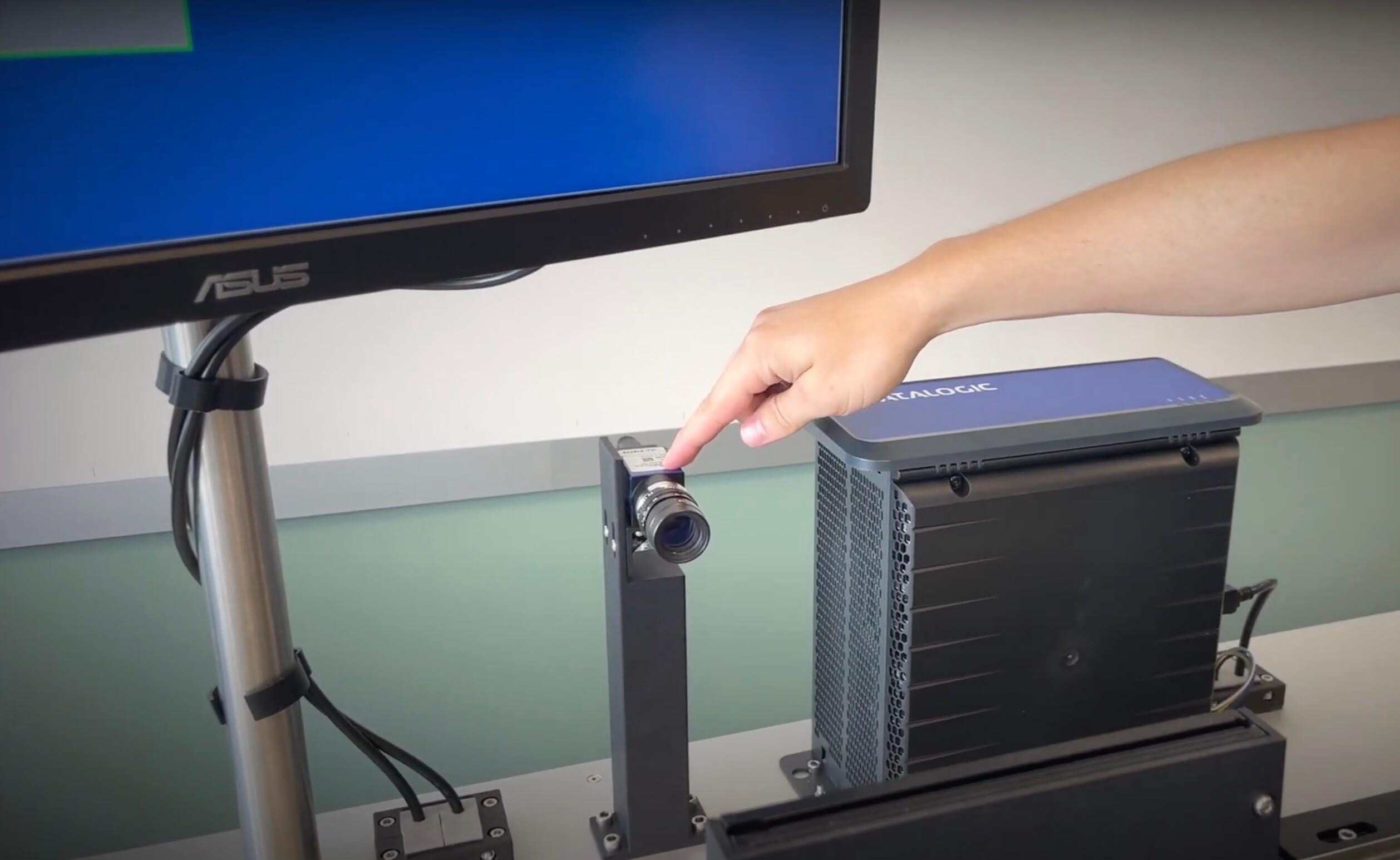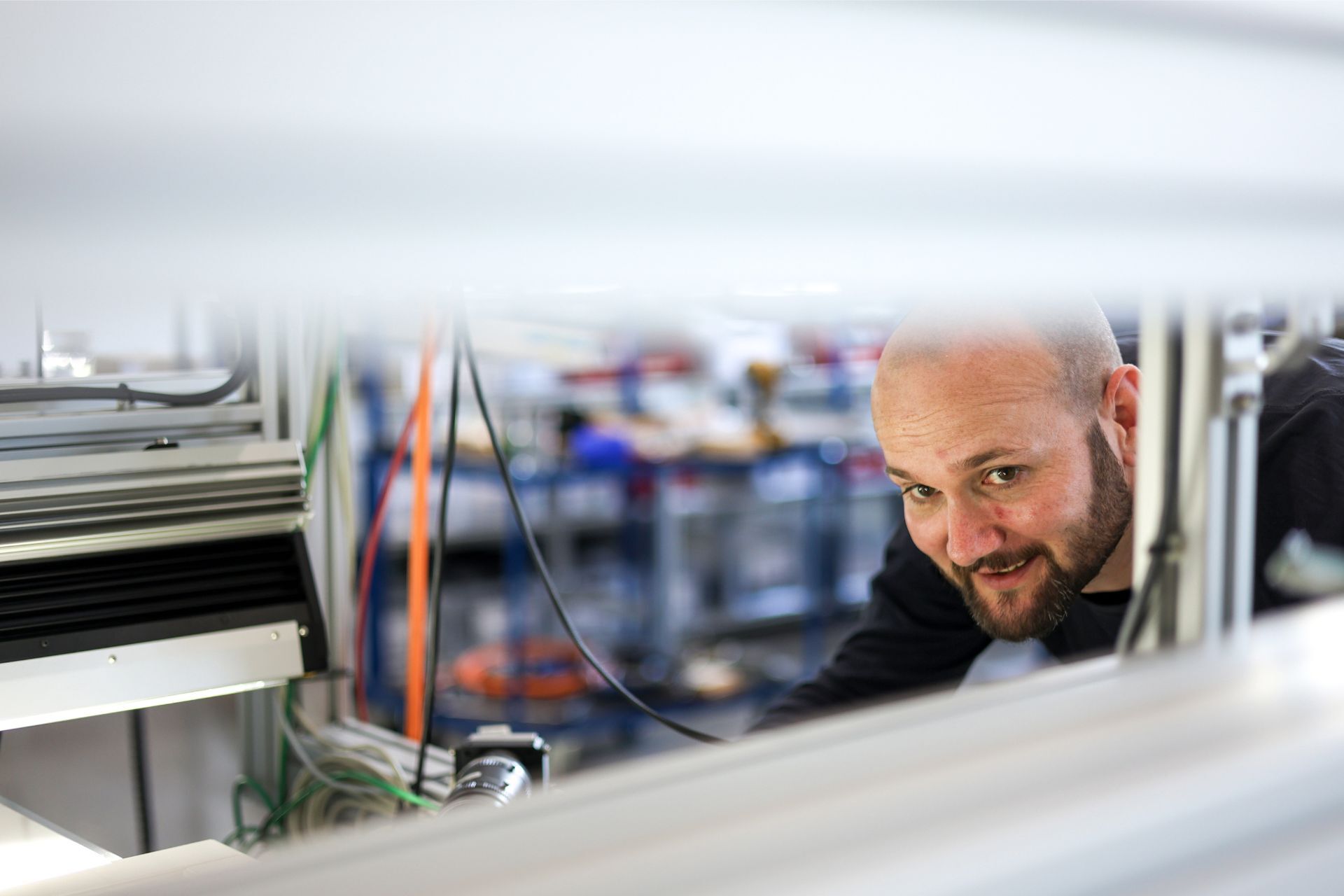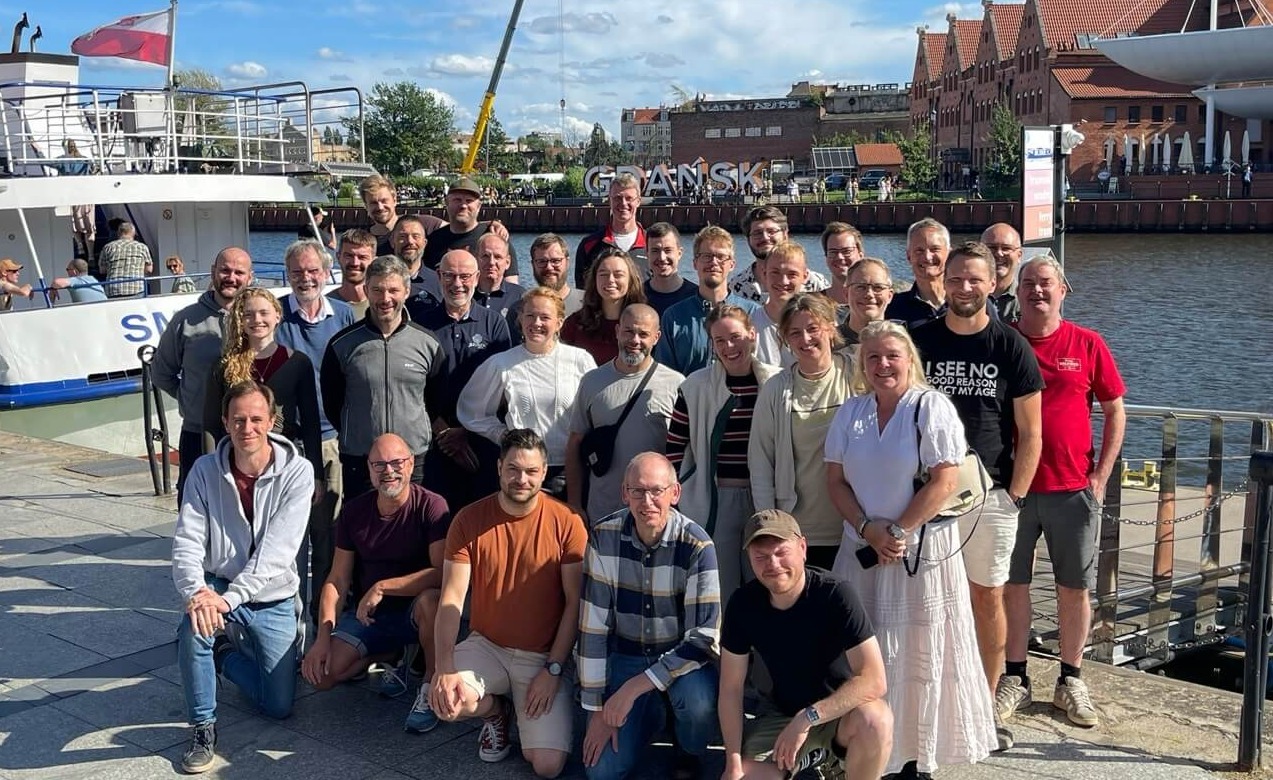When deciding which computer vision solution to choose for your quality control project, you will generally have two paths. Either choose a standard system, which comes with pre-programmed vision tools that you can start using in no time, or a custom solution, which will be designed for your exact needs.
First of all, let's define what we mean by a standard solution.
Two recognized suppliers of good off-the-shelf vision systems are Cognex and Datalogic, which are all-in-one solutions that will quickly get you started. These solutions also include smart cameras, where camera, optics, light, and processor are all integrated and pre-programmed with vision tools to help you solve classic vision tasks.
Many people first explore the option of using an off-the-shelf solution, and it makes a lot of sense. If there is a plug-and-play solution on the market, there is no need to reinvent the wheel.
What tasks can be solved with standard vision?
There is a wide range of relatively simple inspection tasks that can be solved with standard vision systems. For example:
- Barcode reading
- Text recognition (OCR)
- Measuring distances
- Color inspection - for example, to check if the assembled parts have the right color. However, if many different possible colors come into play, the task becomes too complex and a custom solution is needed.
- Presence/Absence tools - counts the number of pixels in an area with a certain value to determine if the inspected element is there or not.
- Robot guidance - you can use the position of a specific pattern, e.g. a barcode, to guide a robot's movements
Watch this episode of The Vision Lab to see the standard solutions in action:
Where standard vision systems fall short
Standard vision systems can solve several everyday inspection tasks, but when do they fall short?
If the task is a little out of the ordinary and turns out to be more complex, a custom solution will often be needed.
For example, if you need multiple cameras to estimate the 3D position and orientation of a specific item.
Or you need to inspect an item at a very high speed, so you need extraordinary processing power.
Or have specific IT security requirements.
Or simply need to perform an inspection task that is particular enough that it is not covered by the pre-programmed toolbox that smart cameras come with - for example, a task that involves complex deep learning algorithms.
Standard vision systems have limitations, of course, but they can help you solve many tasks efficiently. One thing you will need, however, no matter which solution you choose is your basic vision skills.
Regardless of a customized or standard solution, you depend on your lighting and the contrast of features in your image. Without a good image to work with, even the smartest of cameras won't be of much use.



%20Stor.jpeg)